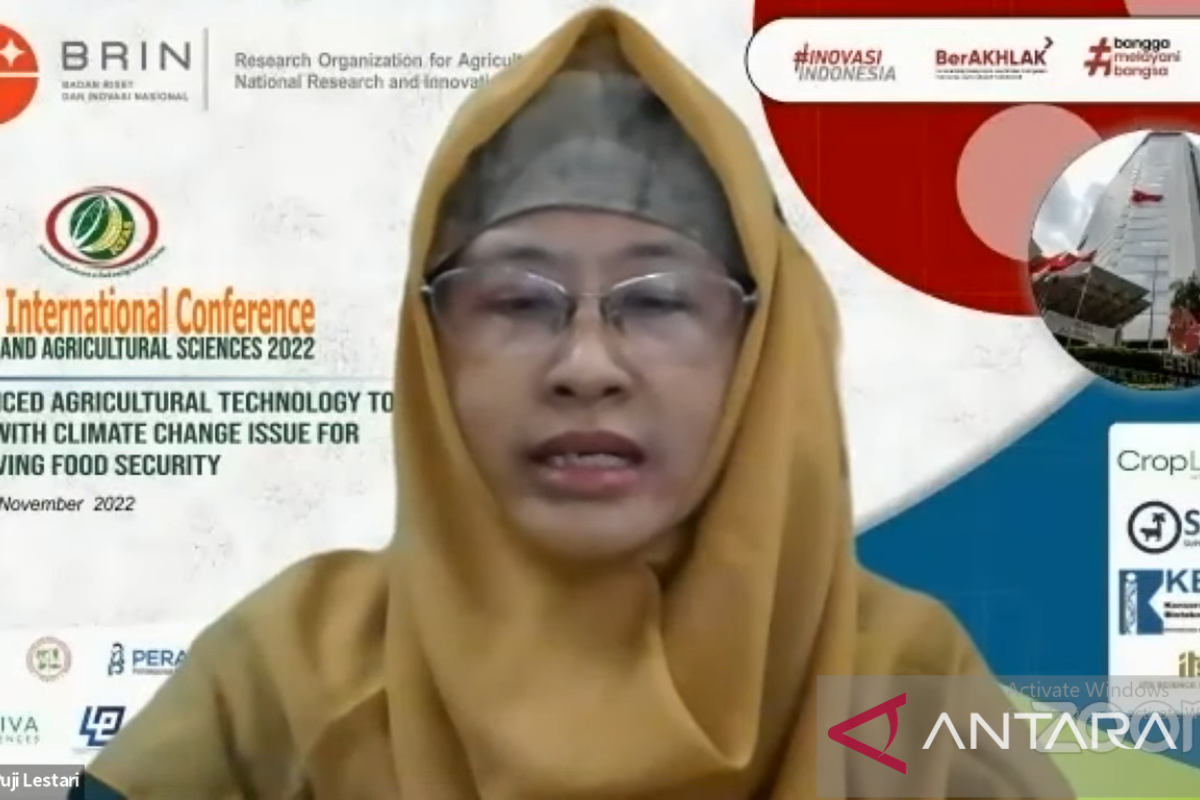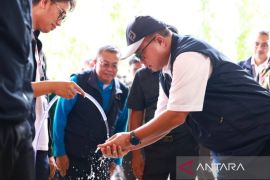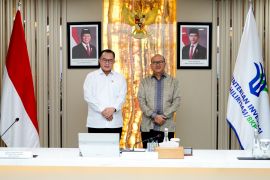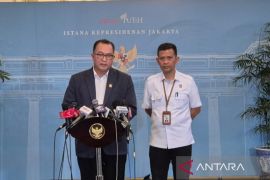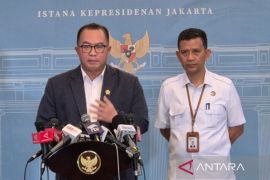Optimizing the use of swampland is one of the hopes and mainstays in increasing national food productionJakarta (ANTARA) - The National Research and Innovation Agency (BRIN) stated that maximizing the use of swampland is a crucial step to increase domestic rice production in order to realize national food security.
"Optimizing the use of swampland is one of the hopes and mainstays in increasing national food production," Head of the Agriculture and Food Research Organization of BRIN, Puji Lestari, noted in a statement here on Friday.
Lestari remarked that Indonesia's food requirements are currently increasing due to population growth, increased population welfare, and development of the food industry.
Related news: BRIN manages satellite image data for disaster mitigation
However, Indonesia is also experiencing a reduction in the area of productive food agricultural land due to conversion of land functions, land fertility degradation, and the emergence of climate change phenomena, such as El Nino and La Nina that are becoming more frequent.
She said the contribution of swampland to national food is still low, at only around five percent.
In fact, the area of swampland in Indonesia reaches around 34.12 million hectares. Hence, opportunities for improvement can be pursued.
Lestari highlighted specific advantages of swampland in the form of producing rice during the dry season, or off season, during which time other agroecosystems, such as irrigated and rain-fed rice fields experience drought.
As one of the potential land resources for agriculture, especially food crops, swampland use should be optimized.
Related news: BRIN asks village enterprises to carry out digital transformation
However, naturally, swamps have the characteristic of infertile land and water that is difficult to control, so research and innovation activities are aimed at producing food technology for swamp productivity.
Hence, the BRIN is ready to collaborate in supporting water management, land clearing, planting methods, pest and disease management to post-harvest processing, and increasing swampland productivity.
"We invite collaboration with related parties to support the government's efforts to improve food security," Lestari remarked.
Hence, the target of increasing production in swamps in future is not extensification, as it is synonymous with opening new land that causes environmental damage.
The target to increase production in the future aims to utilize available swampland.
Related news: BRIN develops app to help fishermen find catch
Related news: Indonesia's future economy must be based on space activity: BRIN
Translator: Martha Herlinawati Simanjuntak, Katriana
Editor: Fardah Assegaf
Copyright © ANTARA 2022
